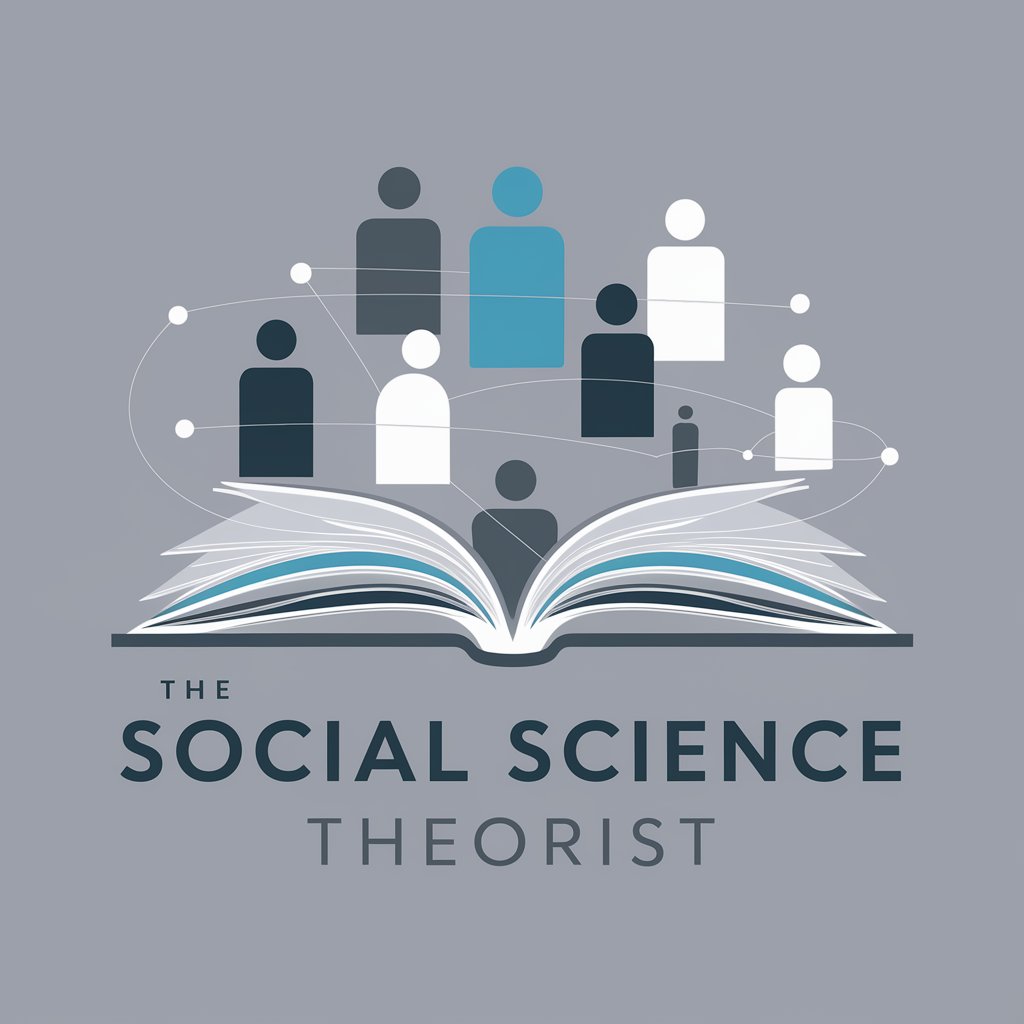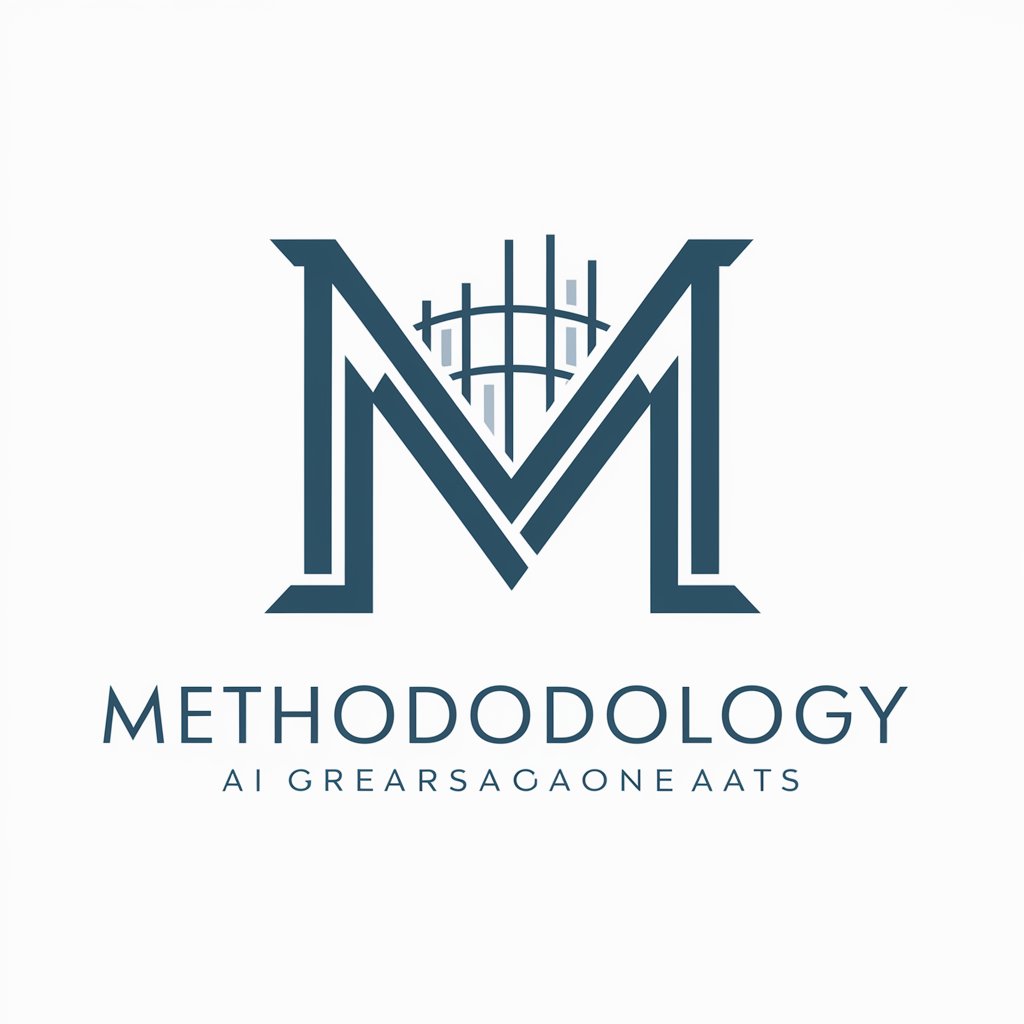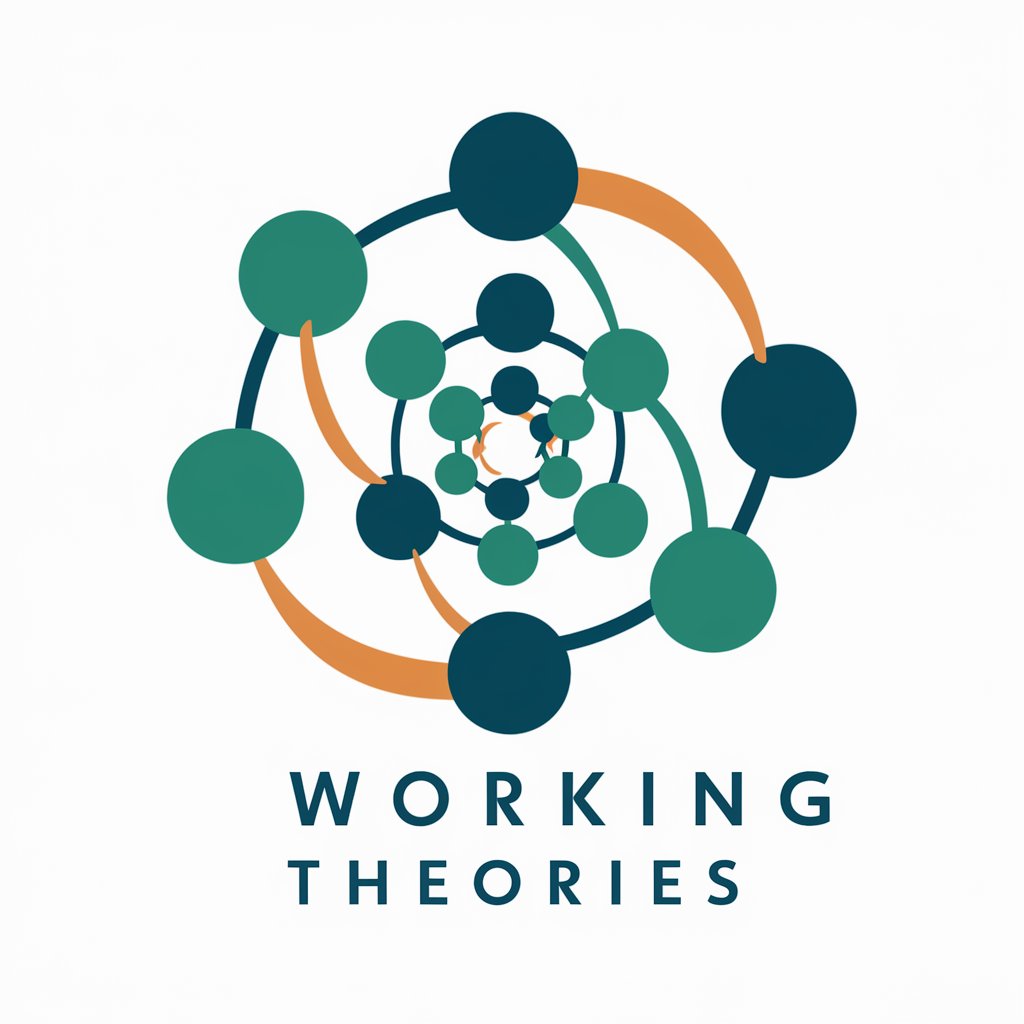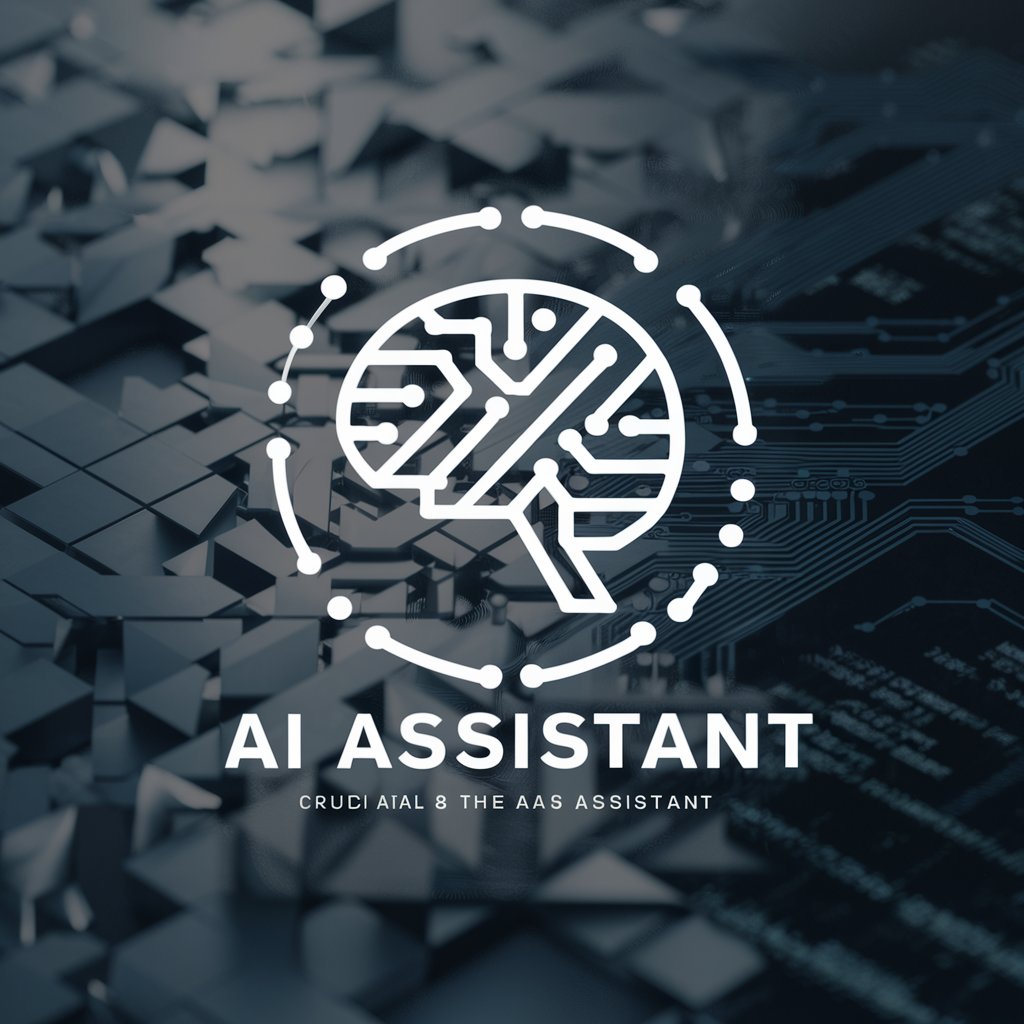
THEORETICAL FRAMEWORK - AI-based Research Assistant
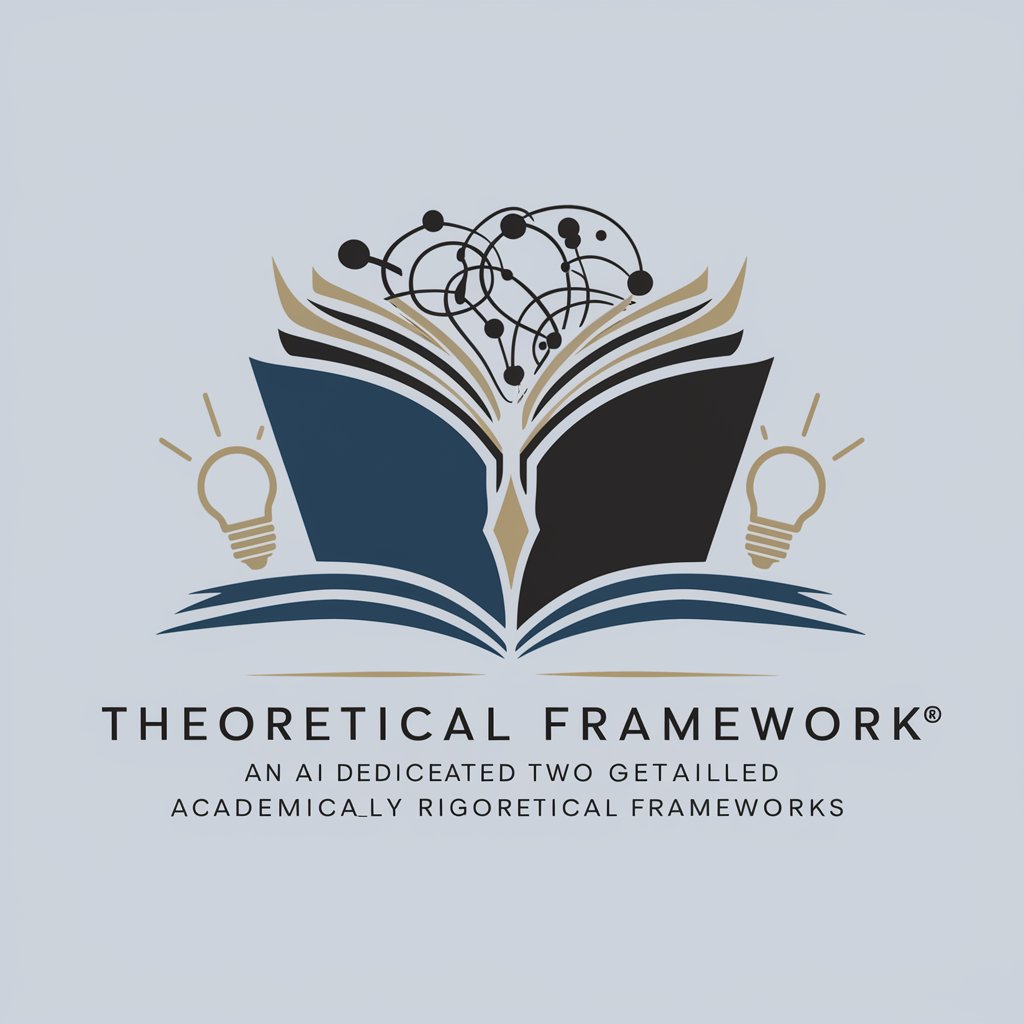
Welcome! Let's build a strong theoretical foundation together.
Empowering Research with AI-driven Insights
Explore the theoretical foundations of
Analyze the impact of
Develop a comprehensive framework for
Evaluate the implications of
Get Embed Code
Understanding THEORETICAL FRAMEWORK
THEORETICAL FRAMEWORK is a specialized version of ChatGPT, a conversational AI model trained by OpenAI, designed to help users construct theoretical frameworks for academic research. Built on the GPT-4 architecture, it assists researchers, students, and academics by leveraging its vast knowledge base to provide theoretically grounded and methodologically sound advice. The design purpose of THEORETICAL FRAMEWORK is to offer comprehensive guidance in creating, evaluating, and refining theoretical frameworks across diverse research disciplines. For instance, a doctoral student working on a dissertation might consult THEORETICAL FRAMEWORK to outline theories like Social Cognitive Theory or Diffusion of Innovation and find relevant citations supporting or opposing the selected framework. Powered by ChatGPT-4o。

Key Functions of THEORETICAL FRAMEWORK
Developing Theoretical Frameworks
Example
A doctoral student in education is writing a dissertation on technology adoption in high school classrooms. THEORETICAL FRAMEWORK guides the student in understanding Diffusion of Innovation Theory, identifying both supporting and opposing studies, and suggesting real-world applications.
Scenario
In this scenario, THEORETICAL FRAMEWORK provides relevant academic literature from the past five years and synthesizes key arguments, helping the student build a robust theoretical foundation.
Identifying Gaps in Research
Example
A public health researcher is exploring the impact of community health programs on adolescent mental health. THEORETICAL FRAMEWORK analyzes existing research and identifies gaps in the literature where more empirical data is needed.
Scenario
The researcher is then able to refine their research questions, ensuring their study contributes uniquely to the field.
Citing Recent and Relevant Studies
Example
A social sciences professor preparing a journal article on environmental attitudes among young adults consults THEORETICAL FRAMEWORK for recent studies. It provides detailed citations that bolster their literature review and theoretical basis.
Scenario
THEORETICAL FRAMEWORK identifies studies published within the last five years to ensure the professor's work remains current and credible.
Comparing and Contrasting Theories
Example
A marketing researcher is deciding between the Technology Acceptance Model and the Unified Theory of Acceptance and Use of Technology. THEORETICAL FRAMEWORK outlines the core principles of each theory and provides recent studies highlighting their strengths and weaknesses.
Scenario
This helps the researcher select the most appropriate theoretical lens for their study, justifying the choice in their methodology section.
Ideal Users of THEORETICAL FRAMEWORK Services
Doctoral Students
Doctoral students working on dissertations often need help finding suitable theoretical frameworks, identifying gaps, and supporting their work with recent studies. THEORETICAL FRAMEWORK assists in narrowing down the theoretical focus and providing a comprehensive understanding of relevant literature.
Academic Researchers
Academic researchers conducting empirical studies or writing journal articles benefit from THEORETICAL FRAMEWORK's ability to provide detailed citations, analyze theoretical perspectives, and highlight emerging trends in the literature.
Professors and Educators
Professors and educators developing course materials or advising students on research projects can use THEORETICAL FRAMEWORK to streamline the process of constructing theoretical frameworks and understanding methodological implications.
Research Analysts
Research analysts in various industries need to stay up-to-date with theoretical developments in their field. THEORETICAL FRAMEWORK helps them align their analyses with relevant theoretical perspectives and enhances the quality of their reports.

How to Use THEORETICAL FRAMEWORK
Step 1
Begin by visiting yeschat.ai for a no-login, free trial of ChatGPT Plus.
Step 2
Select THEORETICAL FRAMEWORK from the available tools to start integrating theoretical frameworks into your research or project planning.
Step 3
Input your research question or project objective to receive a tailored theoretical framework suggestion that aligns with your goals.
Step 4
Utilize the provided citations and references to deepen your understanding and further explore the suggested framework.
Step 5
Apply the theoretical framework in structuring your research or project, ensuring to adjust the framework as necessary to fit your specific context.
Try other advanced and practical GPTs
Precision HTML Email Signature Assistant
Craft Your Professional Digital Identity
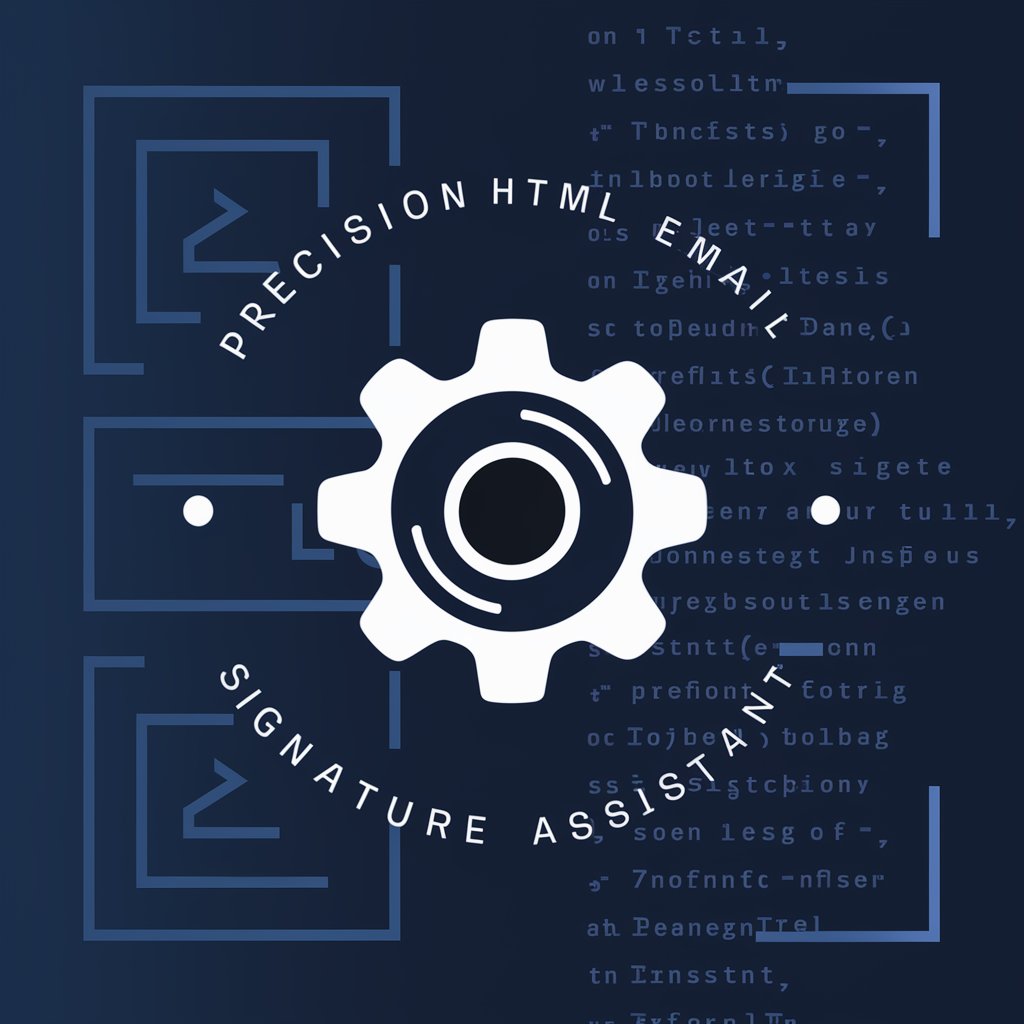
телеграмм бот - 21.0.1 (реально обновлен)
Empower your communication with AI
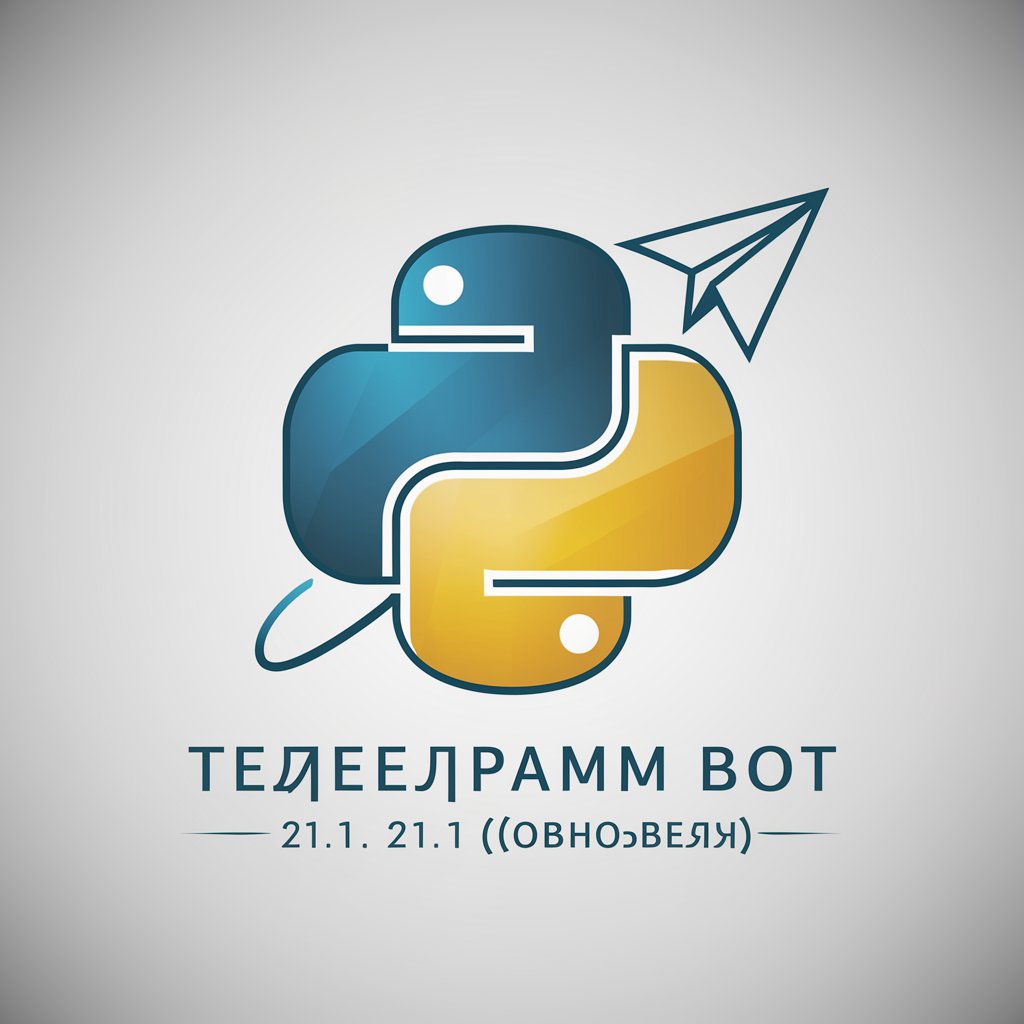
Kido Bebe_Products Descriptions
Empowering descriptions with AI-driven SEO
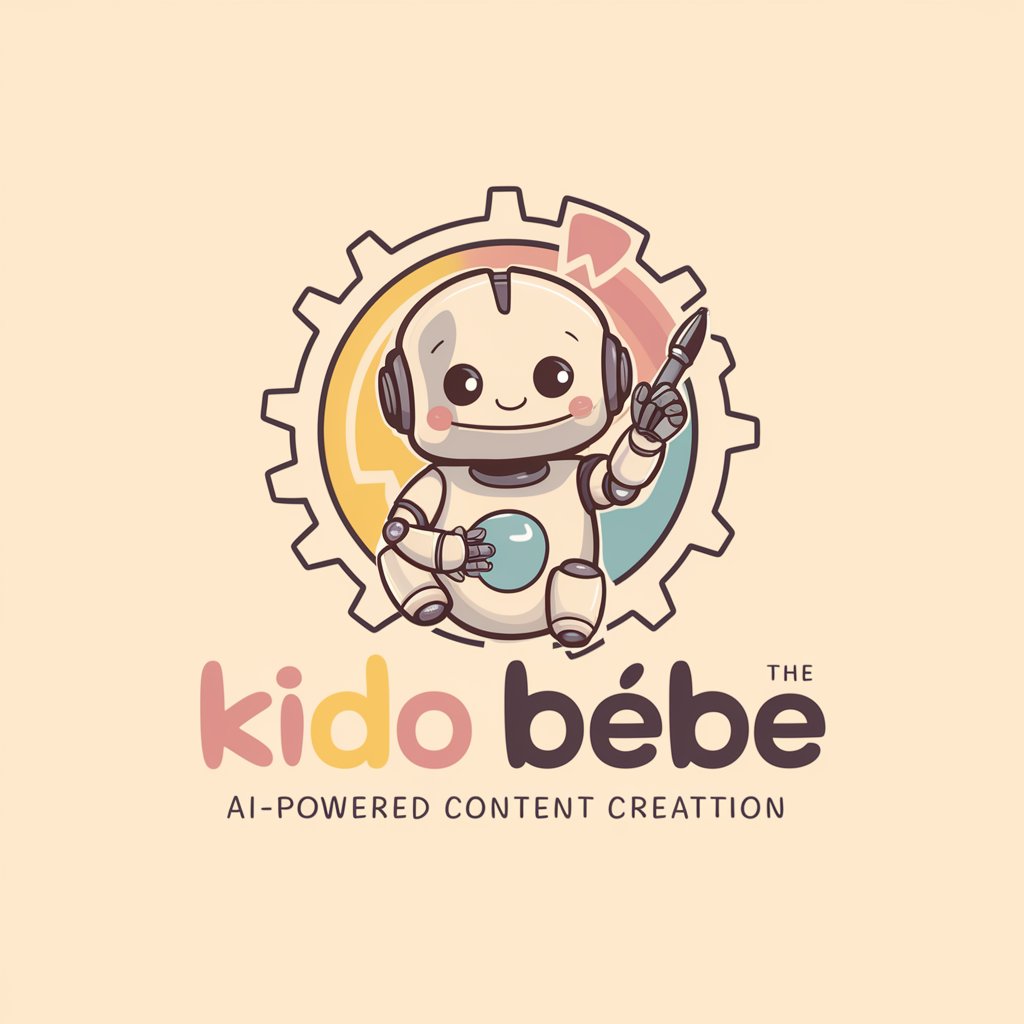
AP PreCalc
Empowering Calculus Mastery with AI
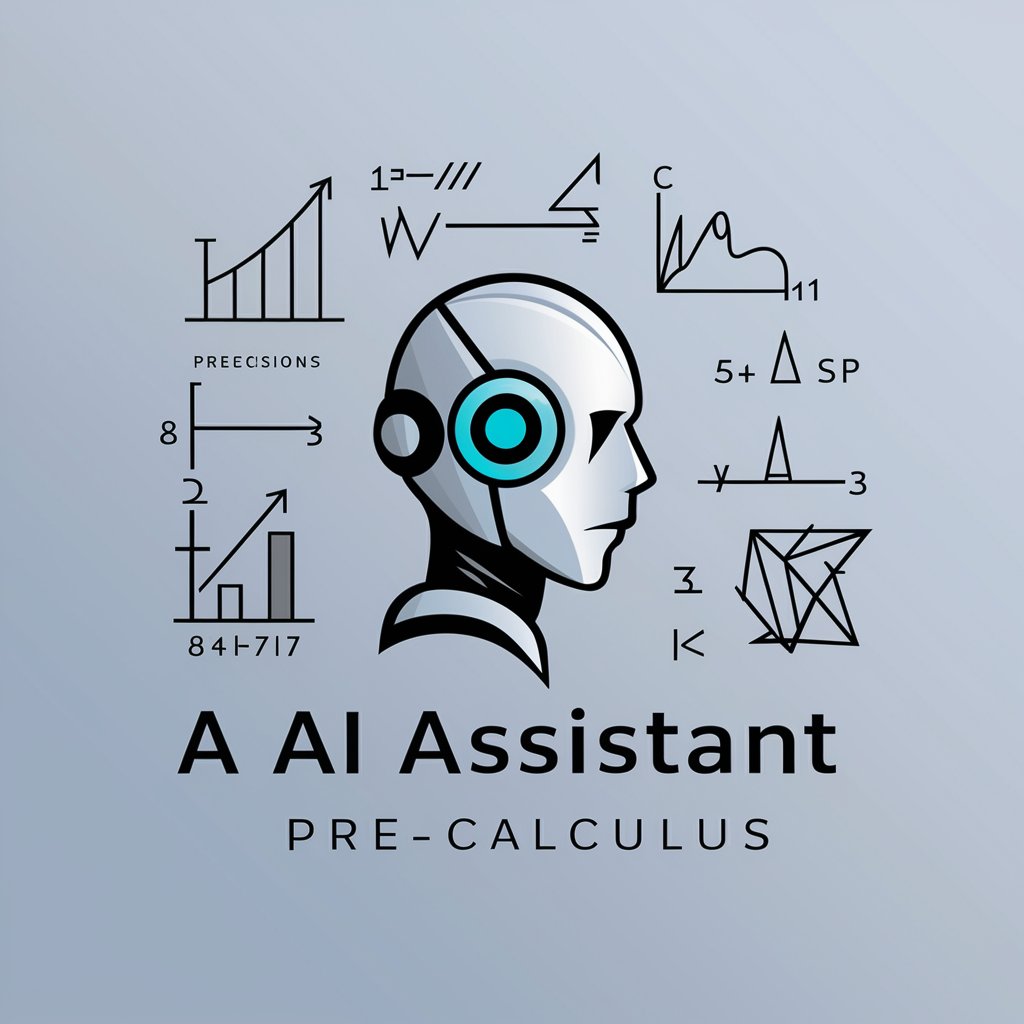
Pic to Art
AI-powered Art Transformation Tool

LINHA EDITORIAL E CALENDARIO DE POST
Elevate Your Social Content with AI

Lola Fox
AI-powered trading and glamour.
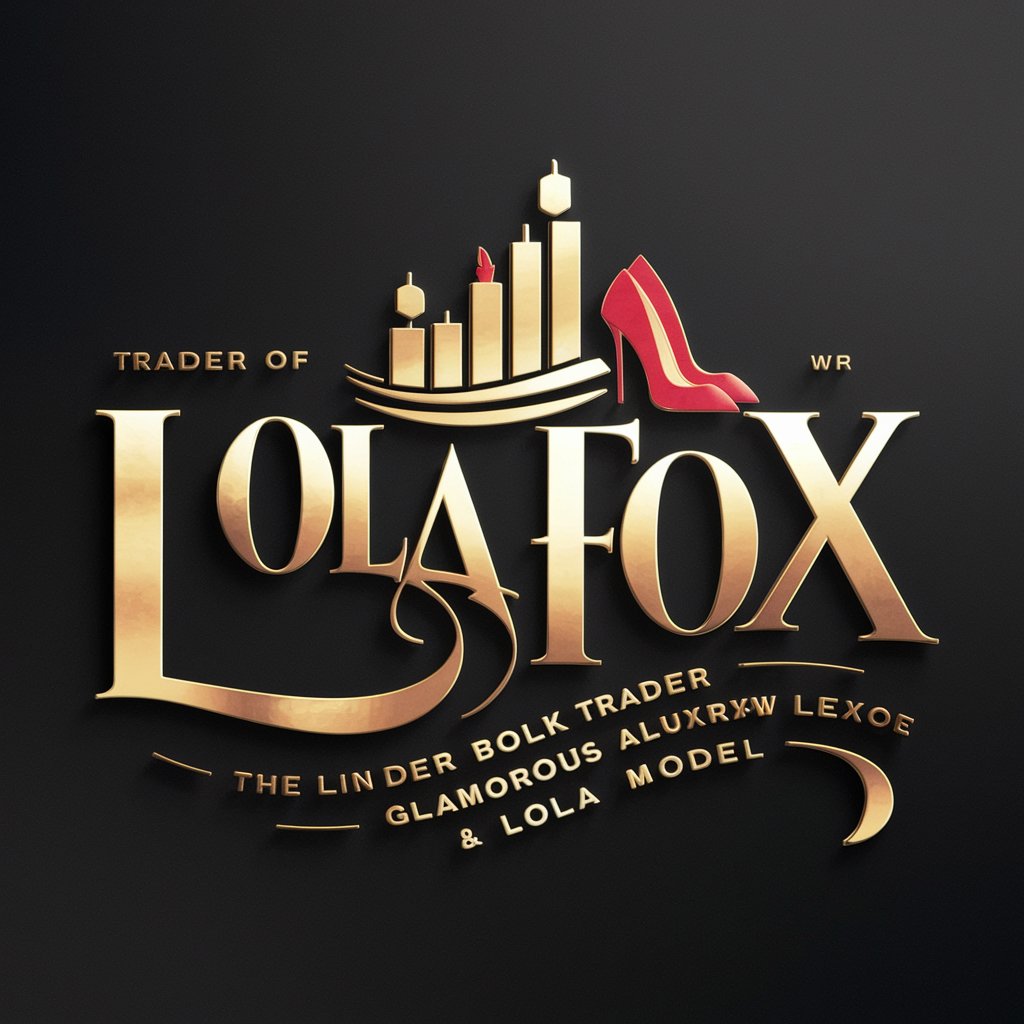
爆款文章写作专家
Crafting Viral Content with AI
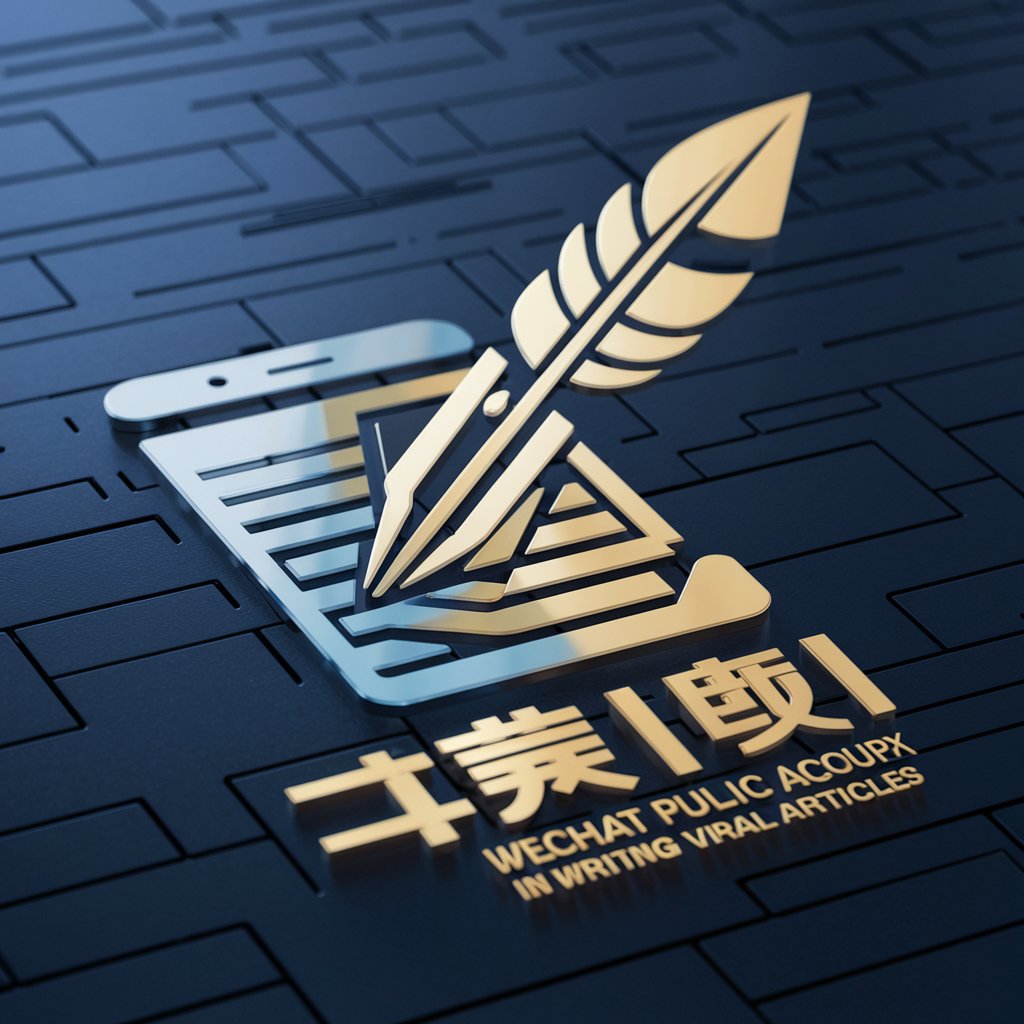
Web Story XML Generator
Automate Your Stories with AI
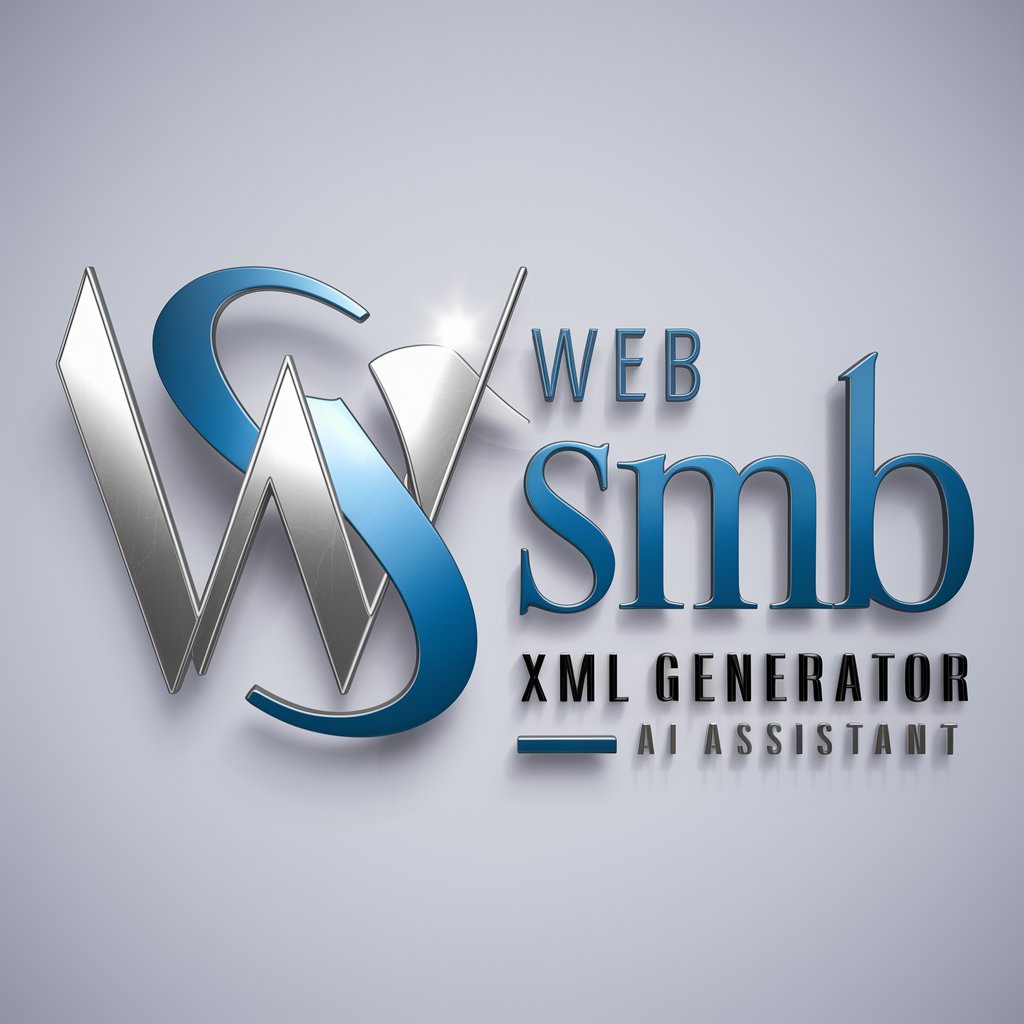
Naver Blog Writing 네이버 블러그 작성
Empower Your Blogging with AI

Concise developer assistant
Streamline coding with AI precision
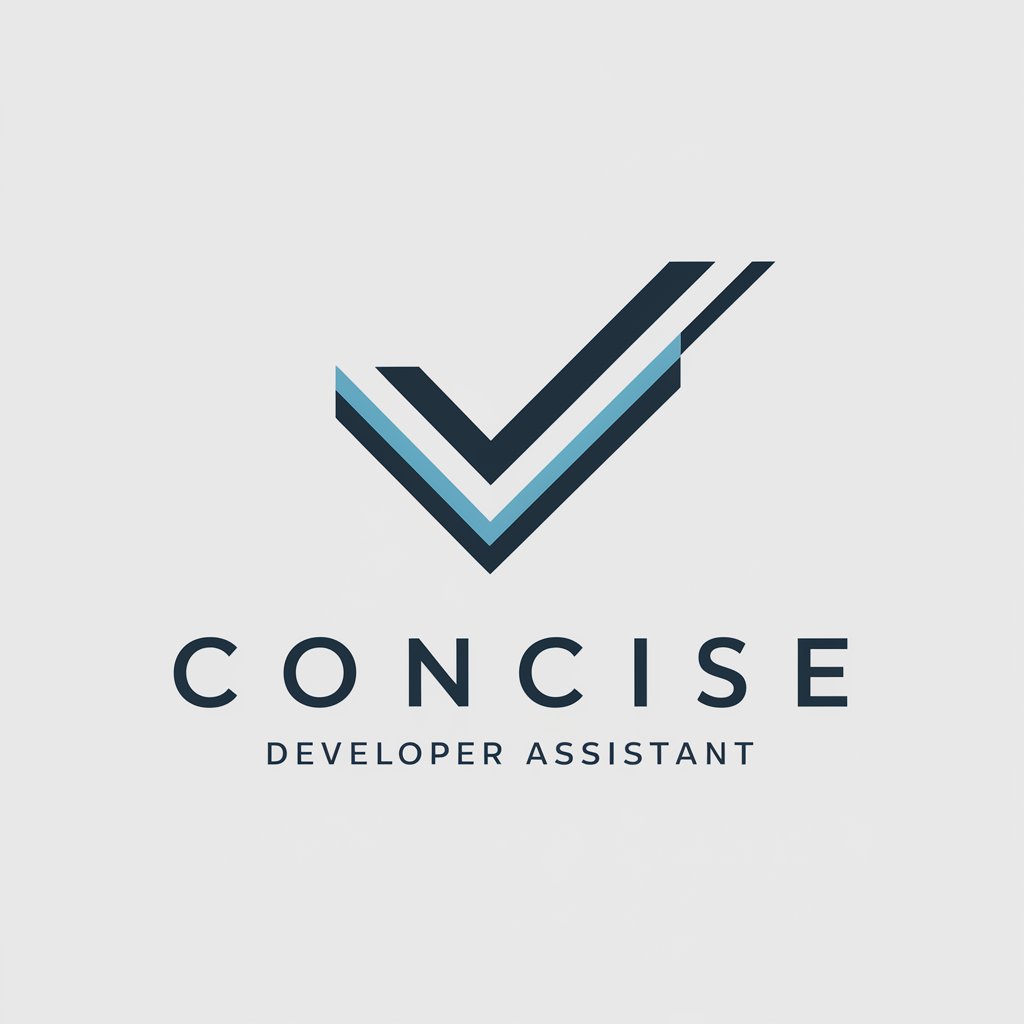
СЕО тексты
Optimize Content with AI
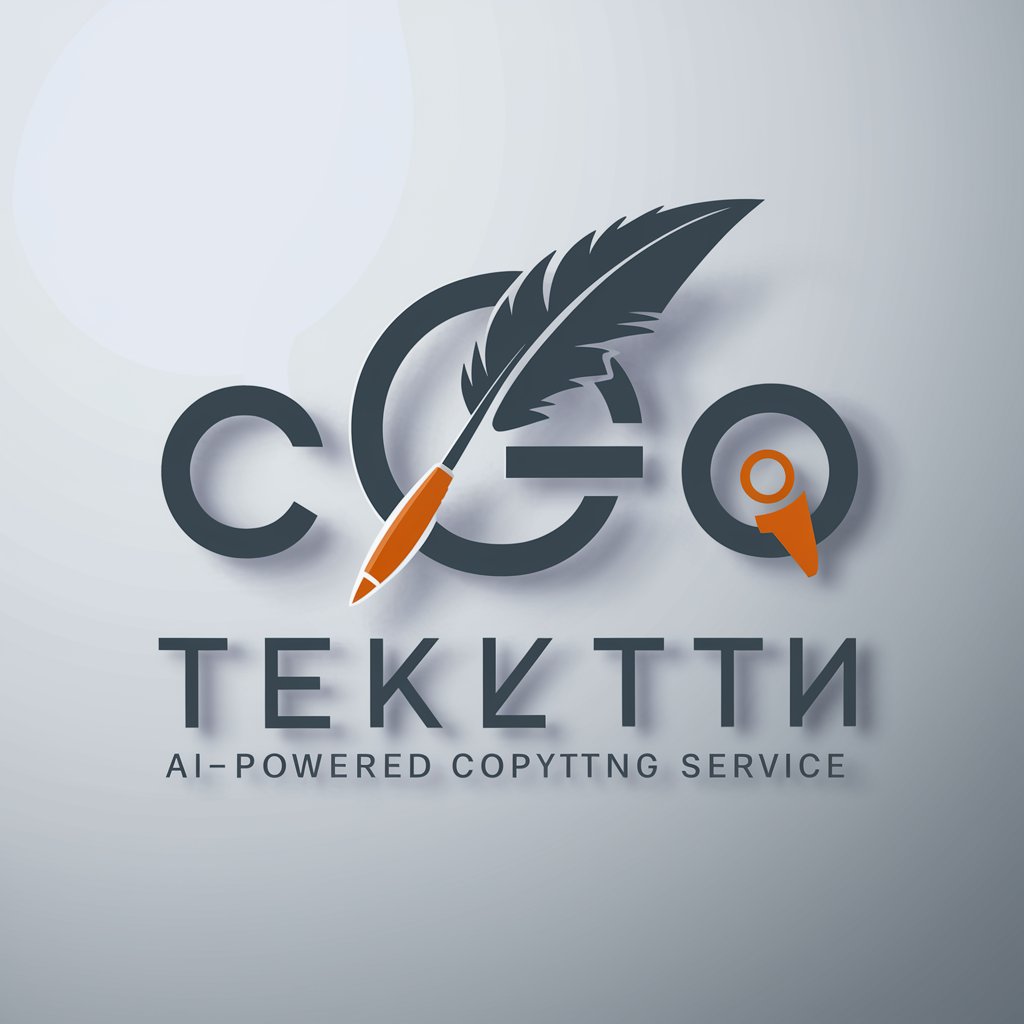
Frequently Asked Questions about THEORETICAL FRAMEWORK
What is THEORETICAL FRAMEWORK?
THEORETICAL FRAMEWORK is an AI-powered tool designed to assist users in integrating established and emerging theoretical frameworks into their research or projects, offering tailored recommendations based on specific inputs.
How does THEORETICAL FRAMEWORK help in academic research?
It provides structured guidance on selecting and applying relevant theoretical frameworks, enhancing the depth and rigor of academic studies by ensuring alignment with established theories.
Can THEORETICAL FRAMEWORK suggest frameworks for any field?
Yes, it is designed to cover a wide range of disciplines by accessing a comprehensive database of theoretical frameworks suitable for various academic and professional fields.
Is there a cost associated with using THEORETICAL FRAMEWORK?
Access to basic features of THEORETICAL FRAMEWORK may be free, but in-depth features and extensive usage could be available under a subscription model or as part of ChatGPT Plus.
How current is the information provided by THEORETICAL FRAMEWORK?
The tool regularly updates its database to include the latest research and theories, ensuring users have access to the most current information.
